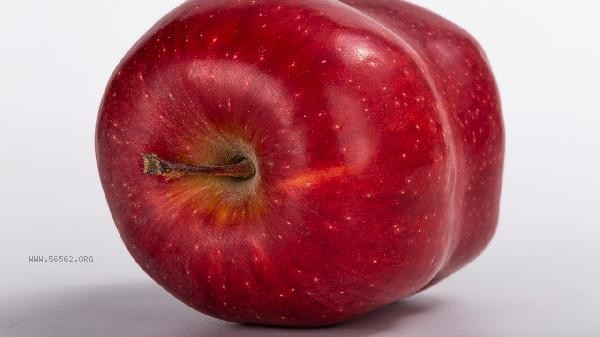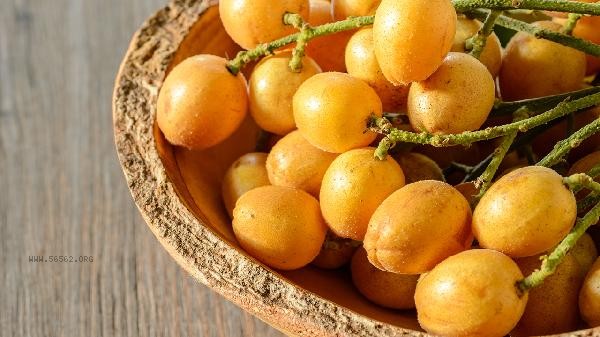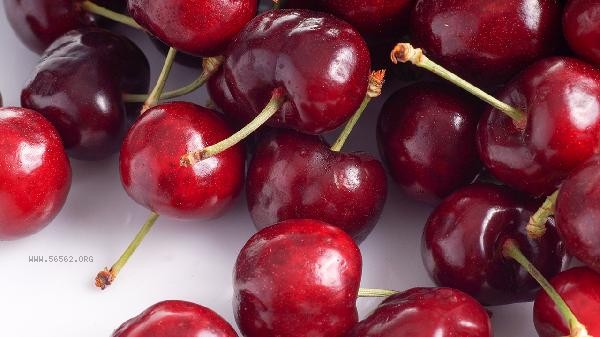The sweetness of fruits is usually measured by their sugar content, with a common range of sweetness between 5 and 20 degrees, and a very small number of tropical fruits may exceed 20 degrees. The main factors affecting sweetness include variety differences, maturity, planting environment, harvesting time, storage conditions, etc. The sweetness of fruits is expressed in terms of soluble solids content and is generally measured using a sugar meter. Low sweetness fruits such as lemons have a sweetness of about 5 degrees, watermelons have a sweetness of about 8-12 degrees, and apples have a sweetness of about 12-15 degrees. Among high sweetness fruits, litchi is about 18-20 degrees, durian is about 20-22 degrees, and some special varieties of mango or jackfruit may reach about 25 degrees. Sweetness is not the only criterion for judging the nutritional value of fruits, as low sweetness fruits may be rich in organic acids or dietary fiber. Some artificially cultivated varieties or fruits grown under special conditions may exhibit abnormally high sweetness. For example, strawberries grown in greenhouses can reach over 15 degrees Celsius through temperature control and supplementary lighting, while winter jujubes with delayed harvesting can accumulate sugar up to 25 degrees Celsius. These types of fruits usually require specific techniques for cultivation and have limited daily market circulation. Excessive pursuit of high sweetness may affect the balance of fruit flavor, leading to the loss of acidity and aroma substances.

When choosing fruits, it is recommended to combine personal physical needs. diabetes patients should choose fruits with low glycemic index, such as strawberries and pomelos. After exercise, they can supplement energy and eat bananas and grapes in moderation. Pay attention to cleaning and peeling to reduce pesticide residue intake. It is advisable to control the daily intake of fruits at 200-350 grams to avoid excessive sugar. Eating fruits of different colors in combination can provide a more comprehensive range of plant nutrients.










Comments (0)
Leave a Comment
No comments yet
Be the first to share your thoughts!